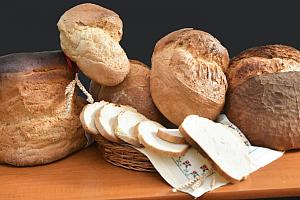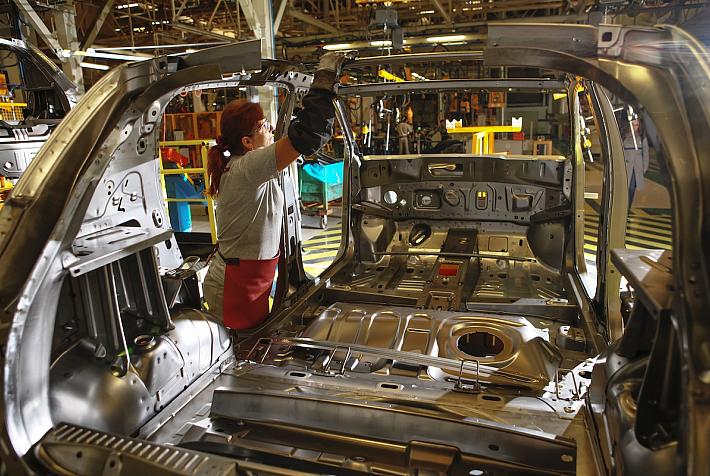Romanian alcoholic drink among new EU products with protected geographical indication in Japan

In the framework of the EU-Japan Economic Partnership Agreement, the Romanian alcoholic drink pălincă has been included in the expanded list of products with a protected geographical indication in Japan.
The new EU-Japan Economic Partnership Agreement now protects an additional 42 geographical indications (GIs), such as Raclette de Savoie, Vinagre de Jerez for the EU and sanuki shiro miso (miso paste), or Osaka wine for Japan.
The EU-Japan Economic Partnership Agreement entered into force on February 1, 2019, and “protects the listed agri-food names against imitation and usurpation, bringing mutual trade benefits and introducing consumers to guaranteed, authentic products from two regions with a rich culinary and cultural tradition,” according to the press release from the EU Delegation to Japan.
This is the third time that the list of geographical indications protected in Japan and in the EU has been extended, following the addition of 56 GIs in February 2021 and 56 in February 2022. Until now, 263 EU GIs and 112 Japanese GIs were protected by both sides, representing a total of 375 registered food and drink products.
Other Romanian products with protected geographical indication, including in Japan, are the Topoloveni plum jam, the Sibiu salami, and the Ibănești cheese, according to the European Commission office in Romania.
Japan is the 5th largest outlet for EU’s agrifood exports. The main products exported by the EU to Japan include pork, wines and spirits, cigars and cigarettes, cheese, chocolate and sugar confectionery, and other processed agricultural goods. The EU imports mainly soups and sauces, vegetable products, as well as food and cereal preparations.
More than 5,000 GIs (EU and non-EU) are protected in the EU, either through GI applications submitted directly by the EU or third-country applicants (usually producers or producer groups), or via international agreements, such as the EU-Japan agreement, concluded between the EU and third countries.
(Photo source: Lenutaidi | Dreamstime.com)













